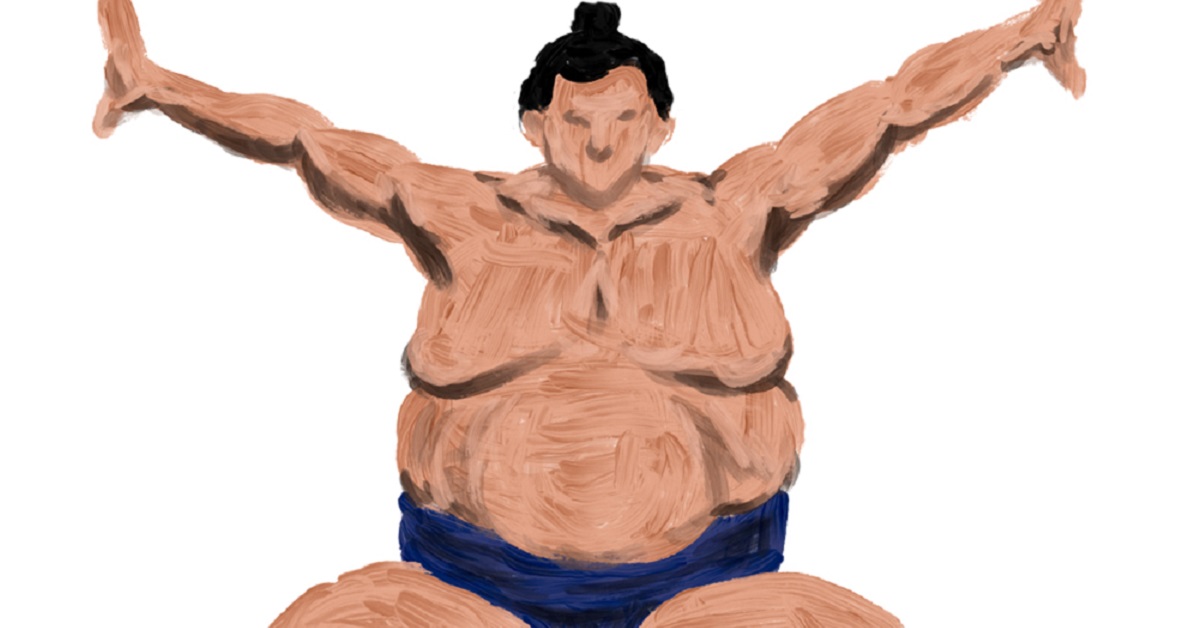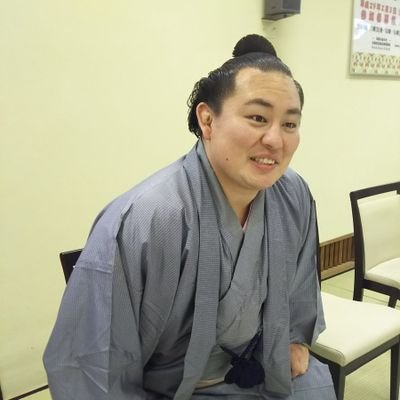Chirichōzu is a traditional sumo ritual performed during the ring-entering ceremony, symbolizing the purification of body and mind without using water. This graceful act embodies reverence toward the divine and a quiet prayer for inner balance. Through this ritual, one can experience the deep spiritual beauty of Japanese culture, where stillness holds as much power as motion.
What Is Chirichōzu
Chirichōzu is a purification ritual performed by sumo wrestlers before stepping into the ring.
Instead of using real water, wrestlers symbolically cleanse themselves with invisible water, preparing their mind and body to enter a sacred space.
A wrestler crouches, brings both hands together in front of his chest, spreads them open to each side, and then claps them together again.
| Element | Description |
|---|---|
| Pronunciation | Chirichōzu |
| Meaning | A ritual that purifies without water |
| When it’s performed | During the ring-entering ceremony |
| Purpose | To cleanse one’s spirit before stepping onto sacred ground |
| Symbolizes | Respect, purity, and mental discipline |
This act is not just a formality. It reflects that sumo is a ritual offering to the gods rather than a mere sport. Through Chirichōzu, wrestlers demonstrate self-restraint, humility, and reverence for their opponent and for the dohyō itself.
The Origin and Meaning of Chirichōzu
The word “Chirichōzu” combines two Japanese terms:
“Chiri” meaning dust or impurity, and “Chōzu” meaning purification with water.
Together, they signify “cleansing away impurity with invisible water.”
In Japan, it has long been customary to wash hands and rinse the mouth at a shrine’s temizuya before worship. Chirichōzu in sumo inherits this same spirit. Since the ring is a sacred space dedicated to the gods, the wrestler must purify himself—physically and spiritually—before entering it.
| Concept | Symbolic Meaning | Cultural Background |
|---|---|---|
| Chiri (dust) | Impurities or human imperfections | Derived from Shinto and Buddhist purification beliefs |
| Chōzu (water) | Cleansing through water | The shrine practice of hand washing before prayer |
| Combined meaning | Purification through intention rather than physical means | Emphasizes inner purity over outer form |
Thus, Chirichōzu represents Japan’s cultural focus on spiritual purity rather than visible form.
The Movements and Sequence of Chirichōzu
Although Chirichōzu may appear simple, each movement carries a deep significance.
Every gesture embodies respect, stillness, and focus, reflecting a moment of inner calm before the contest begins.
| Step | Action | Meaning |
|---|---|---|
| 1 | Crouch down and straighten posture | A respectful position before the gods |
| 2 | Bring hands together | Preparing to purify the heart |
| 3 | Spread hands outward | Dispelling negative energy and centering the mind |
| 4 | Bring hands together again | Completion of purification and spiritual unification |
This motion resembles a Shinto harae (purification) ritual.
By performing it without water, the wrestler expresses the idea that purity resides in the heart, not in visible objects.
For wrestlers, this ritual is not only a custom but a spiritual preparation—a moment to eliminate distraction and face their match with clarity and sincerity.
The Spirit Behind Chirichōzu
The act of Chirichōzu embodies the spiritual foundation of sumo as a sacred offering to the gods.
It is rooted in three key principles: Purity, Reverence, and Selflessness.
| Spiritual Aspect | Meaning | Mental State of the Wrestler |
|---|---|---|
| Purity | Cleansing of body and mind | Entering the ring with inner stillness |
| Reverence | Respect toward the gods | Gratitude toward both the opponent and the sacred ring |
| Selflessness | Letting go of ego | Focusing completely on the present moment |
Through Chirichōzu, wrestlers demonstrate that sumo is not just about victory, but about courtesy and harmony.
To the audience, this calm and deliberate motion reflects the sacred silence before divine presence.
How Foreign Audiences View Chirichōzu
For international visitors, Chirichōzu is one of the most mystical and fascinating gestures in sumo.
The idea of purifying oneself without visible water is rare in Western traditions. It represents Japan’s respect for the invisible and the spiritual.
| Region | What They Find Appealing | Related Cultural Values |
|---|---|---|
| Western countries | Graceful stillness and mindfulness | Similar to meditation or Zen |
| Asian countries | Ritual formality and respect | Resonates with local purification customs |
| Middle East / Latin America | The idea of inner cleansing | Appreciates non-material spirituality |
Foreign spectators often describe this act as a sacred dance of silence, feeling the balance between power and serenity.
In this moment, the audience witnesses not only the wrestler’s strength, but also the quiet dignity that defines Japanese beauty.
Chirichōzu and Other Purification Rituals in Sumo
In sumo, several purification gestures are performed before and during matches. Each has its own purpose, and together they form a ritual sequence of sacred acts.
| Gesture | Purpose | Timing | Symbolic Meaning |
|---|---|---|---|
| Chirichōzu | Mental and spiritual cleansing | Ring-entering ceremony | Preparation of heart and spirit |
| Throwing salt | To drive away evil spirits | Before the bout | Physical purification of the ring |
| Shiko (stomping) | To calm the earth and banish evil | During warm-up | Connection between strength and ritual |
| Clapping hands | To express gratitude and prayer | Throughout ceremony | Reverence toward divine presence |
All these gestures originate from the idea that the ring is sacred.
Among them, Chirichōzu stands out as the ritual that focuses most on inner purification and mindfulness.
How to Observe Chirichōzu
When watching sumo, you can appreciate Chirichōzu more deeply by seeing it as the wrestler’s mental preparation, not just as a traditional gesture.
| Observation Point | What to Notice | What You’ll Feel |
|---|---|---|
| Hand movements | Slow, deliberate motions | The balance of stillness and strength |
| Facial expression | Calm and silent | A sense of inner concentration |
| Timing | The quiet moment before the ceremony | Tension and sacred focus in the air |
Seeing Chirichōzu through this lens allows you to sense the beauty of Japanese “rei” (courtesy and harmony).
It’s the instant where discipline, focus, and respect become visible through movement.
Conclusion
Chirichōzu is a symbol of Japan’s spiritual depth and the soul of sumo.
The wrestler’s actions during this ritual are not about displaying power but about showing purity, gratitude, and reverence.
By cleansing themselves without water, wrestlers embody Japan’s belief in the unseen—that true cleanliness and strength come from within.
Amid the silence of the dohyō, Chirichōzu becomes a moment of prayer, focus, and respect, transcending mere sport.
Understanding this ritual reveals that sumo is not only a competition of strength, but also a spiritual art that reflects Japanese culture itself.
Chirichōzu purifies not just the wrestler, but also the hearts of those who watch—uniting participants and spectators in a shared sense of awe and serenity.





コメント